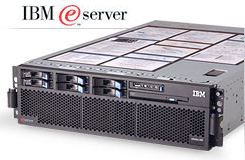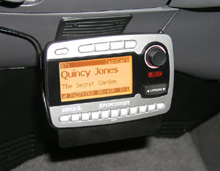This is a legitimate, safe trend started by the East Anglian Ambulance Service:
Paramedics will turn to a victim’s cell phone for clues to that person’s
identity. You can make their job much easier with a simple idea that they
are trying to get everyone to adopt: ICE.
ICE stands for In Case of Emergency. If you add an entry in the contacts
list in your cell phone under ICE, with the name and phone no. of the
person that the emergency services should call on your behalf, you can save
them a lot of time and have your loved ones contacted quickly. It only
takes a few moments of your time to do.
Paramedics know what ICE means and they look for it immediately. ICE your
cell phone NOW!
Then some narrow minded idiot tried to ruin a good thing.
Quickly following on the heels of advisories to add “ICE” entries to mobile phones were hoax warnings that doing so would trigger premium charges thanks to malicious text messages or viruses randomly sent to phones to scan for such entries:
“To all those who received a copy of the e-mail recommending that the word ICE be added to their phones address book (In case of emergency contact). I can not say for sure that information I have received this morning is legitimate, but better to warn you all.
I am very sorry to report that some small minded idiot has created a text message that is being sent out randomly to mobile phone users, this text has a programme included that searches your phones address book for the word “ICE” or “I.C.E” and if found, you are charged for a premium rate message.”
The instigator tried to turn ICE contacts into a hoax.
Matt Ware, spokesman for the East Anglian Ambulance Service, asked people to ignore the hoax email.
“I have been inundated with emails and phone calls from people worried that, having put ICE into their mobiles, they are now going to be charged for the privilege,” he added.
“We would like to assure people that that’s not the case. Whoever began this second email chain is obviously a malicious person with way too much time on their hands.”
The bottom line:
No one can send a text message to anything but your cell phone number. A text message cannot do a reverse lookup for a contact name in your address book. It’s safe to add an ICE contact to your cell phone.

 IBM! For five weeks I’ve been drilling through performance specifications for eight way x86 servers to replace Dillon Supply’s HP DL580 four way Win2K SQL server. Through this I’ve learned the
IBM! For five weeks I’ve been drilling through performance specifications for eight way x86 servers to replace Dillon Supply’s HP DL580 four way Win2K SQL server. Through this I’ve learned the 
